Genealogy Tip of the Day is proudly sponsored by GenealogyBank. Check our their May offer for “Tip of the Day” fans–offer ends 31 May.
If your ancestor refused to answer the door for the census taker, neighbors may have answered questions for him. Their knowledge may have been sketchy. If your ancestor was in a boarding house, the landlady may have answered questions for him. And it’s possible that your relative was missed by the census taker entirely. It’s unusual to be missed if a person was “stable” and not moving frequently. Movers and people avoiding the law tended to sometimes avoid the census taker. Check out Genealogy Tip of the Day the book!
Take a picture of the entire cemetery, getting panoramic views that show more than just the stone. In addition to helping you remember which stones were near each other, it will give you perspective on the area’s geography. Genealogy Tip of the Day is proudly sponsored by GenealogyBank. Try their “GenealogyBank Search” and see what discoveries you make.
Sometimes people just get mixed up. An earlier tip mentioned that Astoria, Ohio, might not refer to a village–it could be a township, “spot in the road” or other place in Ohio. It could be an incorrect spelling. It could also be that the informant, who never lived in Illinois or Ohio, was mixed up. The deceased was born in Fulton County, Illinois–which has town named Astoria in it. The informant was a child of the deceased and may have been mixing up where their mother and grandmother was born. Genealogy Tip of the Day is proudly sponsored by GenealogyBank. Try their “GenealogyBank Search” and see what discoveries you make.
I maintain the following blogs. Each has a separate mailing list. Genealogy Tip of the Day—short daily research tips Rootdig—longer research and methodology discussions Genealogy Search Tip of the Day—websites of genealogy use
When transcribing documents, it is best to transcribe names in the document as they are written. Do not correct them in the transcription. However to reduce confusion it is best to pick one way to spell a relative’s name when writing about them. The last name of my Neill ancestors gets spelled as Neill, Neal, Neil, Neall, O’Neill, etc. When writing about them, I use “Neill.” When transcribing documents I use the spelling in the document. Genealogy Tip of the Day is proudly sponsored by GenealogyBank. Try their “GenealogyBank Search” and see what discoveries you make.
Death certificates from the 20th century often have numbers associated with the cause of death. Added to the certificates for statistical purposes, these codes can make it easier to read the causes of death on some certificates when the handwriting presents a challenge. And…some of us just wonder what those numbers are doing on the certificate. For more on these death certificate codes, visit our “Search Tip of the Day” page or visit the list of codes directly.
The small-town library where your family used to live may have resources larger libraries in the area do not have or are not aware of. The local librarian may be able to put you in contact with others who have extensive research experience with families in that area. In one of my families, the local library had digitized that town’s newspapers and put them online at no charge. Genealogy Tip of the Day is proudly sponsored by GenealogyBank. Try their “GenealogyBank Search” and see what discoveries you make.
On the surface the place of birth looks incorrect for the mother on this death certificate. Astoria, Ohio, is relatively near to Cincinnati–a significant distance from Coshocton County where the Rampley family lived. Elizabeth (Rampley) Pierce was born around 1820 and this death certificate for her daughter Lida provides secondary information on Elizabeth’s birth. That does not mean it is incorrect. The reference could be to a place named Astoria that is no longer named Astoria, a township or other political unit other than a “town” that is named Astoria, a place name that sounded like “Astoria” to the informant or the person completing the certificate. I should not just ignore the reference because a quick initial search suggests it is wrong. That may not be the case. […]
Abbreviations have changed over time. Make certain you are understanding them correctly. This immigrant trunk from the 1870s has the US state of Illinois abbreviated as “Ills.” It’s not “III5” as was suggested by the antique dealer from whom I purchased the trunk.
The modern use of GPS sometimes makes researchers think that every location can or should be known with exact precision. That’s not always possible nor is it always necessary. Only include in your database locations as precise as the actual record indicates. Don’t assume any more precision than the record provides. A marriage record for an ancestral couple indicated they married in Coshocton County, Ohio, in 1830. Based upon other records for their families it’s probable that the couple married in or near Jackson Township. But the marriage record does not state that–either directly or indirectly. My suspicion regarding the location could be put in my notes for that couple along with the evidence that supports that conclusion. Sometimes our knowledge of the location will only be as specific […]
For years, I assumed that my aunt Elizabeth (Trautvetter) Herzog, was buried in one of two cemeteries where she had relatives. It seemed reasonable that she was in a grave that was never marked or where the stone had worn away. Dying in her early thirties, she was not buried with her husband who had remarried after her death. Turned out she was buried in a cemetery where no other relatives are located. Most likely it was near where she and her husband were living at the time of her death. Not everyone’s buried in the same cemetery as their local kin. And…it also helps to have the name of a female relative’s last husband.
The reasons why some databases have unusual names is because the indexes are created by an automated process, not by humans. Ancestry.com’s “California, Voter Registrations, 1900-1968” contains quite a few of these auto-generated names based upon algorithms that were used to create the indexes by automatically “reading” the original typed records.
A witness to a document is simply testifying that they saw a person sign (or execute) a document and that they know who that person is. Witnesses do not have to have any relationship to the person executing the document although they have to be old enough to legally sign a document themselves. Do not assume that witnesses are related to the person signing the document. The witnesses could simply be other people who happened to be nearby when the document was signed.
School’s out for me–at least for time being and I’m excited to get at some actual research. To celebrate… Through 21 May (11:59 PM Central Daylight Savings Time) we are offering 25% off any size webinar order. Details and list of presentations on our post.
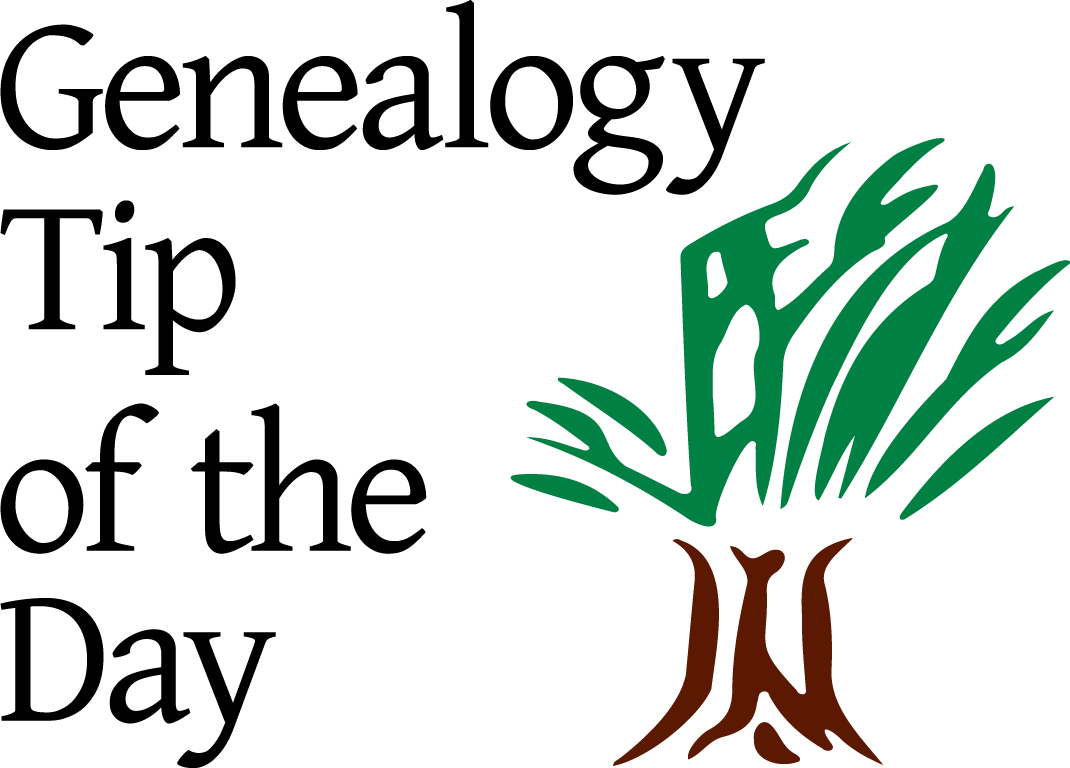
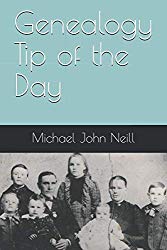
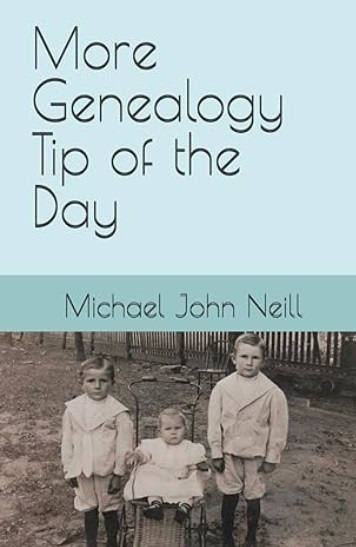


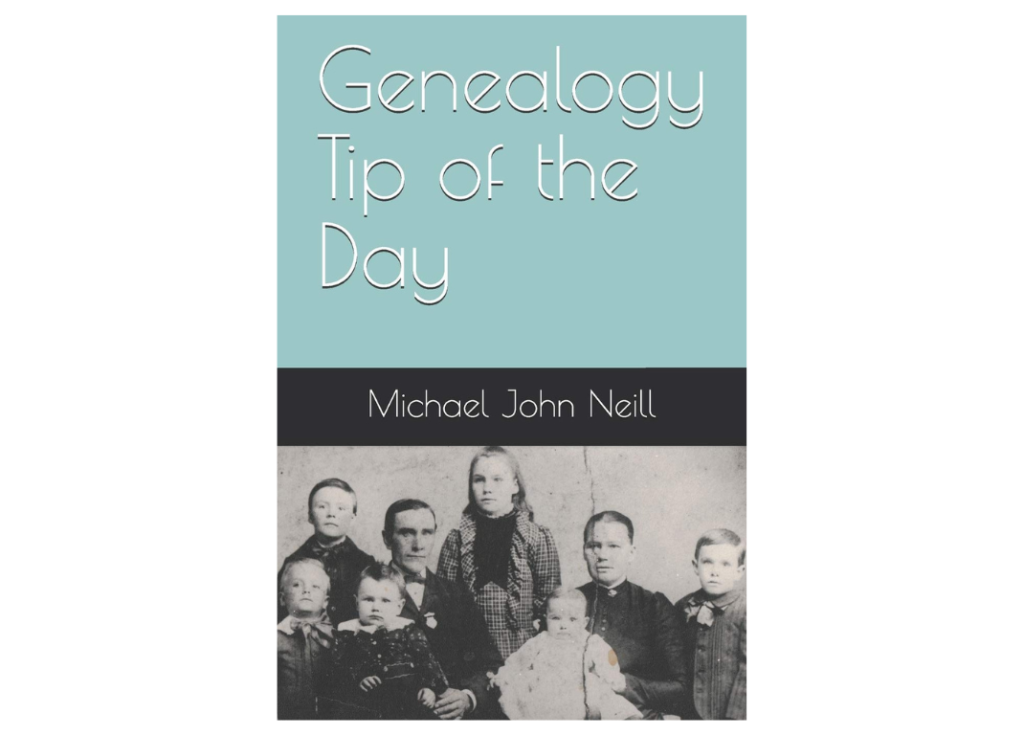
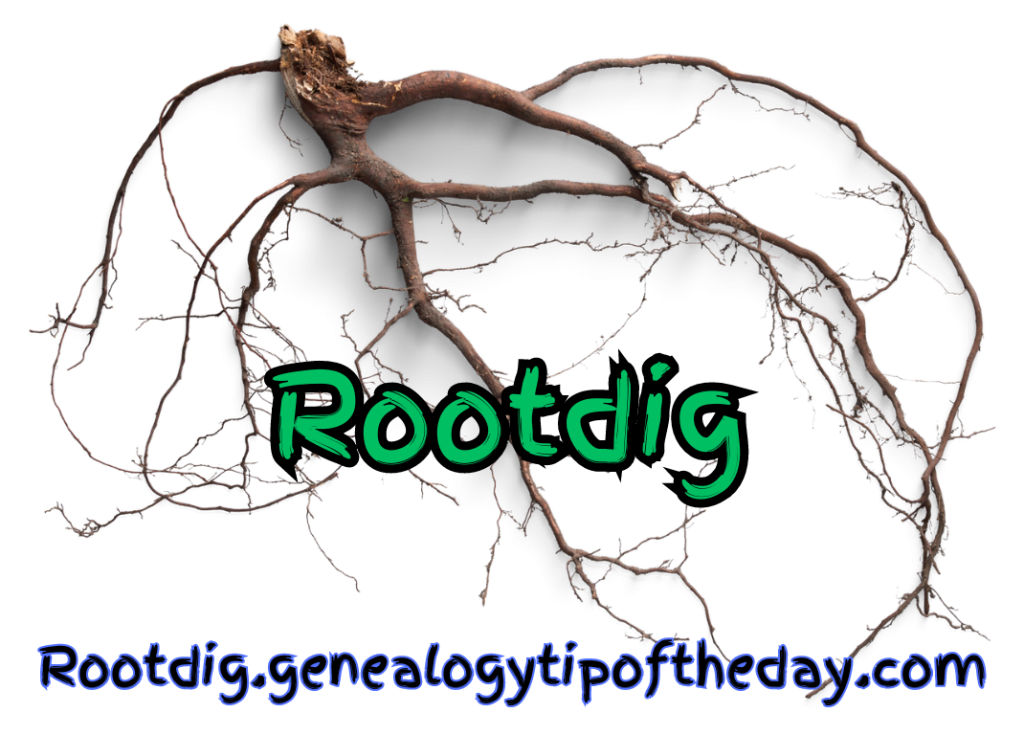

Recent Comments